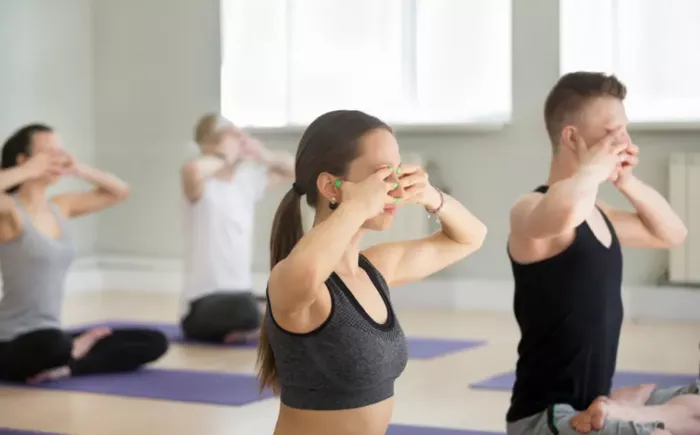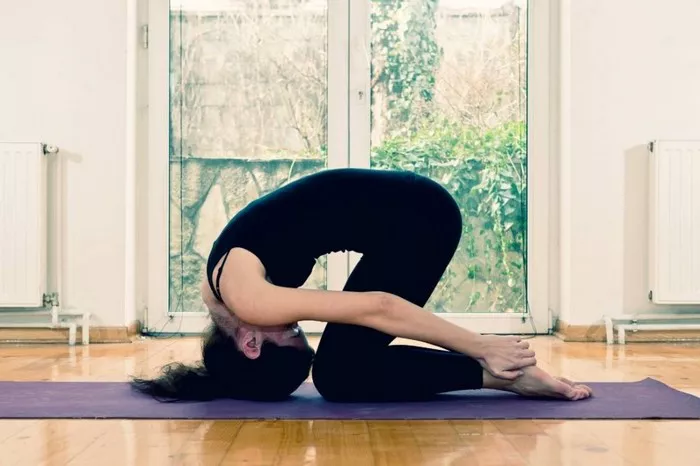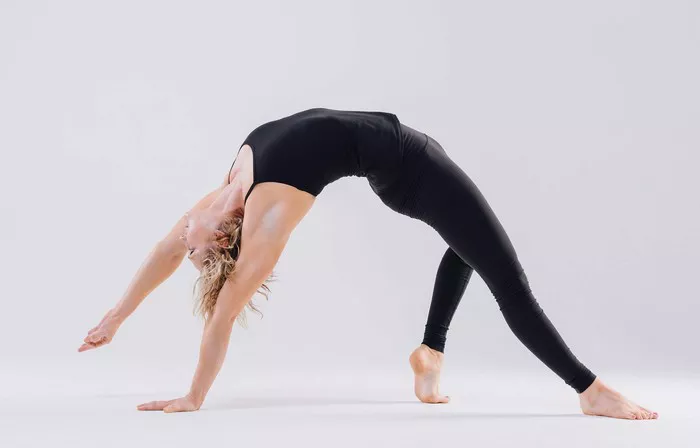Yoga, a practice that combines physical postures, breathing exercises, and meditation, has grown from ancient roots to become a global phenomenon. The journey of yoga from its origins in India to its current popularity worldwide is a fascinating story. This article explores when and how yoga became popular, highlighting key periods and influential figures in its history.
The Ancient Origins of Yoga
Yoga’s history dates back over 5,000 years, originating in ancient India. The earliest references to yoga are found in the Vedas, ancient Indian scriptures that are among the oldest texts known to humanity. The practice was initially a spiritual discipline, with a focus on meditation and rituals aimed at attaining enlightenment.
The Development of Classical Yoga
Around 500 BCE, the practice of yoga began to take on a more systematic form. The ancient sage Patanjali is credited with compiling the Yoga Sutras, a collection of aphorisms that outline the philosophy and practice of yoga. This text is considered the foundation of classical yoga and introduced the concept of the eightfold path, or Ashtanga, which includes ethical guidelines, physical postures (asanas), breath control (pranayama), and meditation.
The Role of Hatha Yoga
Hatha yoga, which focuses on physical postures and breath control, emerged around the 11th century CE. This form of yoga became the most popular and widespread, especially in the West. Hatha yoga was initially a means to prepare the body for prolonged meditation, but over time, it evolved into a practice that emphasized physical health and well-being.
Yoga’s Introduction to the West
Yoga remained largely confined to India until the late 19th and early 20th centuries, when it began to be introduced to the Western world. The arrival of yoga in the West was facilitated by several key figures who played a significant role in popularizing the practice outside of India.
Swami Vivekananda’s Influence
One of the first Indian yogis to bring yoga to the West was Swami Vivekananda. He introduced the concepts of yoga and Vedanta to a Western audience at the World’s Parliament of Religions in Chicago in 1893. Vivekananda’s teachings focused on the philosophical aspects of yoga rather than the physical practice, but his influence was pivotal in sparking Western interest in yoga.
The Impact of Paramahansa Yogananda
Another influential figure was Paramahansa Yogananda, who arrived in the United States in 1920. He founded the Self-Realization Fellowship and published the book Autobiography of a Yogi, which introduced many Westerners to the spiritual aspects of yoga. Yogananda’s teachings emphasized the unity of all religions and the importance of meditation, which resonated with many people in the West.
The Role of Indra Devi
Indra Devi, often referred to as the “First Lady of Yoga,” was one of the first women to teach yoga in the West. Born in Latvia, she traveled to India in the 1930s and studied under the renowned yoga master Krishnamacharya. She later moved to the United States and opened a yoga studio in Hollywood in 1947, where she taught celebrities and popularized yoga as a physical practice.
The Rise of Modern Yoga
The mid-20th century marked a significant turning point in the popularity of yoga, particularly in the United States and Europe. This period saw the emergence of several influential yoga teachers who helped shape modern yoga as we know it today.
The Contributions of B.K.S. Iyengar
B.K.S. Iyengar is one of the most influential yoga teachers of the 20th century. His book Light on Yoga, published in 1966, became an international bestseller and is still considered a classic text on the practice of yoga. Iyengar’s approach emphasized precision and alignment in the postures, making yoga accessible to a wider audience.
The Influence of Pattabhi Jois
Pattabhi Jois, another student of Krishnamacharya, developed the Ashtanga Vinyasa Yoga system, which became popular in the West in the 1970s. Ashtanga yoga is a dynamic and physically demanding practice that appealed to Western practitioners who were looking for a more vigorous form of exercise.
The Role of Western Yoga Teachers
During the 1960s and 1970s, Western teachers such as Richard Hittleman, Lilias Folan, and others began teaching yoga on television and publishing books, further popularizing the practice. Yoga was becoming increasingly associated with physical fitness, relaxation, and stress relief, which resonated with the countercultural movements of the time.
See Also: When Did Yoga Pants Become Popular?
Yoga’s Explosive Growth in the Late 20th and Early 21st Centuries
By the 1980s and 1990s, yoga had firmly established itself as a popular form of exercise and relaxation in the West. Several factors contributed to this explosive growth, including the fitness boom, the rise of alternative medicine, and the increasing awareness of the health benefits of yoga.
The Fitness Boom of the 1980s
The 1980s saw a surge in interest in fitness and wellness, and yoga became an integral part of this movement. Celebrities and fitness gurus began to endorse yoga as a way to stay fit and healthy, leading to a surge in the number of yoga classes and studios.
The Influence of Media and Celebrity Endorsement
The media played a significant role in popularizing yoga during this period. Yoga magazines, books, and videos became widely available, and celebrities like Madonna, Sting, and Gwyneth Paltrow publicly endorsed the practice. This visibility helped to make yoga mainstream and accessible to a broader audience.
The Rise of Yoga Studios and Teacher Training Programs
The late 20th and early 21st centuries saw a proliferation of yoga studios and teacher training programs around the world. Yoga became a multibillion-dollar industry, with millions of people practicing regularly. The variety of styles available, from Vinyasa and Bikram to Yin and Restorative yoga, ensured that there was something for everyone.
The Role of Social Media and Technology
In the 21st century, social media and technology have played a significant role in the continued growth of yoga. Platforms like Instagram, YouTube, and online yoga classes have made yoga more accessible than ever before. People can now practice yoga from the comfort of their homes, follow their favorite instructors, and connect with a global community of practitioners.
Conclusion
Yoga’s journey from ancient India to its current global popularity is a testament to its adaptability and appeal. From its origins as a spiritual discipline to its evolution into a physical practice embraced by millions, yoga has undergone significant transformations. Today, yoga is more popular than ever, offering physical, mental, and spiritual benefits to people of all ages and backgrounds. Whether practiced for fitness, relaxation, or spiritual growth, yoga continues to be a powerful tool for enhancing well-being and connecting with oneself and others.
Related topics:

























